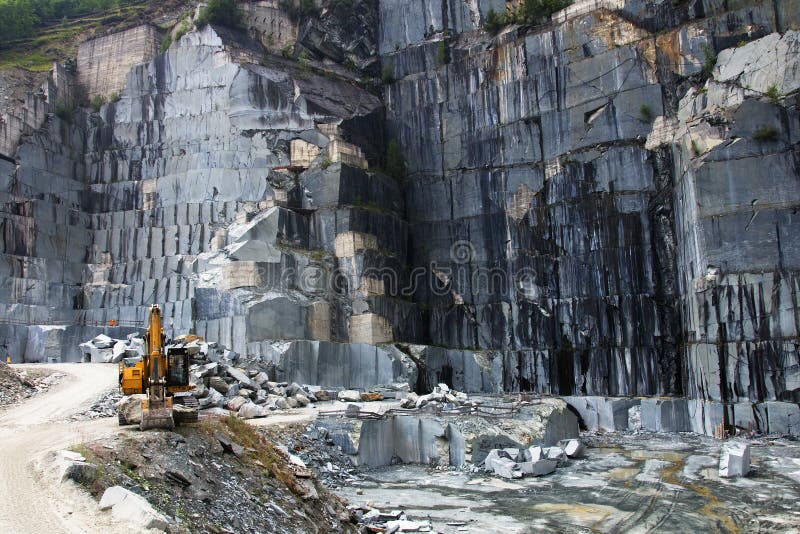Discovering Granite Quarries in South Africa Market: From Quarry to Work of art
Discovering Granite Quarries in South Africa Market: From Quarry to Work of art
Blog Article
Discovering the Rich History and Sustainable Practices of Granite Quarrying
As we base on the precipice of revealing the intricate tapestry of granite quarrying, a journey through time discloses not just the physical act of removing rock however also the cultural and historic significance woven right into the very material of this technique. From the ancient beginnings that laid the structure for modern quarrying methods to the lasting techniques that are shaping the future of this market, each carve mark on granite surfaces tells a story waiting to be uncovered (granite quarries in south africa). The legacy of granite quarrying stretches far past plain extraction; it is a testament to human resourcefulness, strength, and the enduring allure of this majestic stone
Old Beginnings of Granite Quarrying
Going back to ancient civilizations, the method of quarrying granite has actually been an essential part of human history and building innovation. The earliest evidence of granite quarrying dates back to ancient Egypt, where huge pyramids and complex sculptures were crafted from this sturdy rock. The Egyptians utilized primitive tools to remove granite blocks from quarries, showcasing the relevance of this product in their monumental constructions.
Progressing in history, the Greeks also made significant contributions to the quarrying of granite. The Greeks used granite in various architectural marvels, such as temples and statues, demonstrating their ability in shaping and sculpting this durable rock. The Romans better improved the strategies of quarrying granite, using innovative tools like knives and hammers to essence and form granite for their iconic frameworks.
Through the centuries, the method of quarrying granite has evolved, with contemporary technologies enhancing efficiency while keeping the classic allure of this all-natural stone - granite quarries in south africa. From ancient civilizations to modern contractors, the legacy of granite quarrying proceeds to form our world
Evolution of Quarrying Strategies
The advancement of quarrying methods has been noted by a constant progression in the direction of better effectiveness and precision in removing granite. From the primary approaches utilized by our forefathers to the advanced innovations utilized in modern-day quarrying procedures, the industry has actually gone through considerable advancements. Early quarrying strategies involved manual work with fundamental tools such as knives, hammers, and wedges to draw out granite blocks from the planet. As people progressed, techniques like fire-setting and primitive dynamites were presented to promote the removal procedure.
In more recent times, the introduction of equipment changed the quarrying market, allowing much faster extraction rates and increased productivity. Technologies such as diamond cord saws, high-pressure water jets, and pneumatically-driven drills have actually come to be common in modern-day quarries, enabling exact cutting and decreased waste. Advancements in computer-controlled tools see and 3D modeling have optimized quarrying operations, leading to very little environmental influence and enhanced sustainability practices. As the need for granite proceeds to rise, the advancement of quarrying strategies stays essential to meeting market needs successfully and sustainably.
Social Relevance of Granite
Granite holds an extensive social relevance across various human beings due to its enduring visibility in architectural masterpieces and admired monuments. The social significance of granite prolongs past its physical attributes; it symbolizes resilience, security, and eternity, making it a sign of withstanding legacies and practices.

Lasting Practices in Quarrying
In the middle of the rich history of granite quarrying and its social significance lies an expanding focus on lasting practices within the market. As ecological recognition and worries concerning source exhaustion have enhanced around the world, the quarrying sector has significantly embraced sustainable techniques to lessen its influence on the setting and surrounding areas.

Additionally, reclamation and recovery of quarry websites post-extraction are indispensable to lasting practices. By recovering quarried areas to a natural or beneficial state, such as producing wild animals environments or leisure areas, quarriers can balance out the ecological footprint explanation of their operations and add favorably to the neighborhood ecosystem.
Legacy of Granite Quarrying
With a historical background soaked in workmanship and commercial development, what sustaining effect has granite quarrying left on the landscape of contemporary society? The tradition of granite quarrying transcends mere extraction methods; it has formed architectural wonders, urban landscapes, and cultural heritage worldwide. The sturdy nature of granite has made it a check over here recommended choice for monuments, structures, and framework, standing as a testimony to the ability and creativity of quarry employees throughout generations.
Moreover, the economic impact of granite quarrying can not be neglected. The industry remains to supply job opportunity and drive regional economic climates in regions where granite extraction prevails. It has additionally stimulated technical advancements in quarrying techniques and equipment, causing much more effective and sustainable methods.
In terms of sustainability, the tradition of granite quarrying includes efforts to minimize ecological influences via reclamation jobs and accountable source monitoring. By balancing economic rate of interests with environmental stewardship, the industry aims to ensure that future generations can proceed to take advantage of this enduring natural deposit.
Conclusion

Report this page